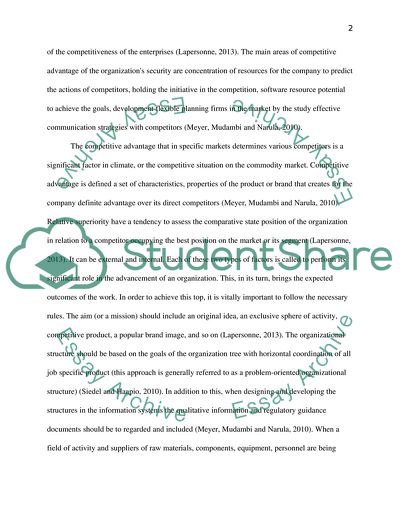Cite this document
(“International competitiveness and competitive advantage Essay”, n.d.)
International competitiveness and competitive advantage Essay. Retrieved from https://studentshare.org/human-resources/1702200-international-competitiveness-and-competitive-advantage
International competitiveness and competitive advantage Essay. Retrieved from https://studentshare.org/human-resources/1702200-international-competitiveness-and-competitive-advantage
(International Competitiveness and Competitive Advantage Essay)
International Competitiveness and Competitive Advantage Essay. https://studentshare.org/human-resources/1702200-international-competitiveness-and-competitive-advantage.
International Competitiveness and Competitive Advantage Essay. https://studentshare.org/human-resources/1702200-international-competitiveness-and-competitive-advantage.
“International Competitiveness and Competitive Advantage Essay”, n.d. https://studentshare.org/human-resources/1702200-international-competitiveness-and-competitive-advantage.


